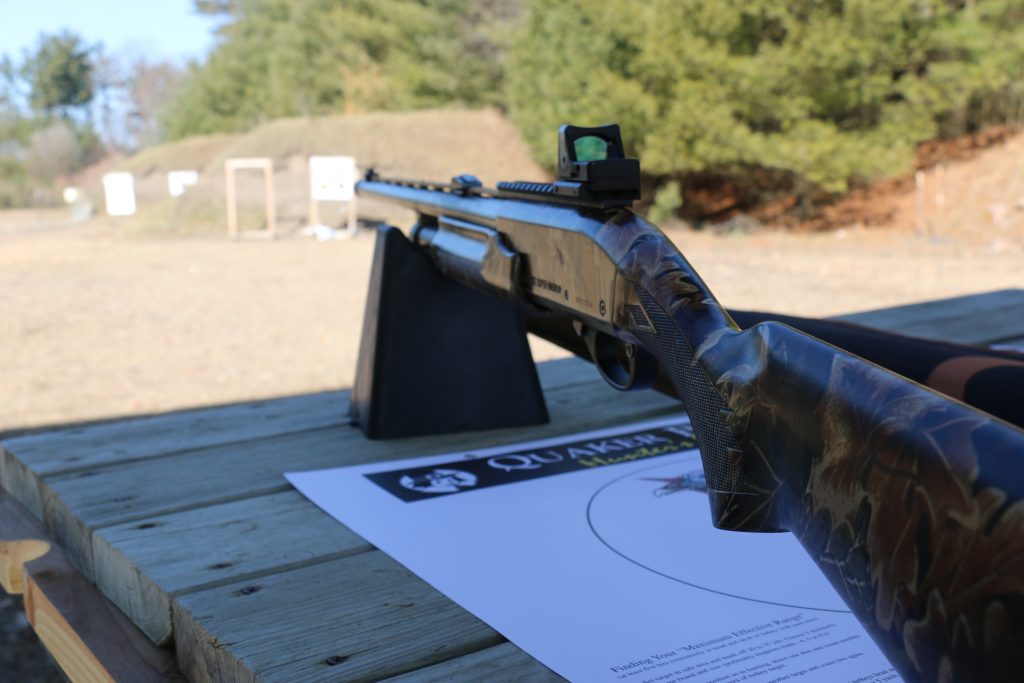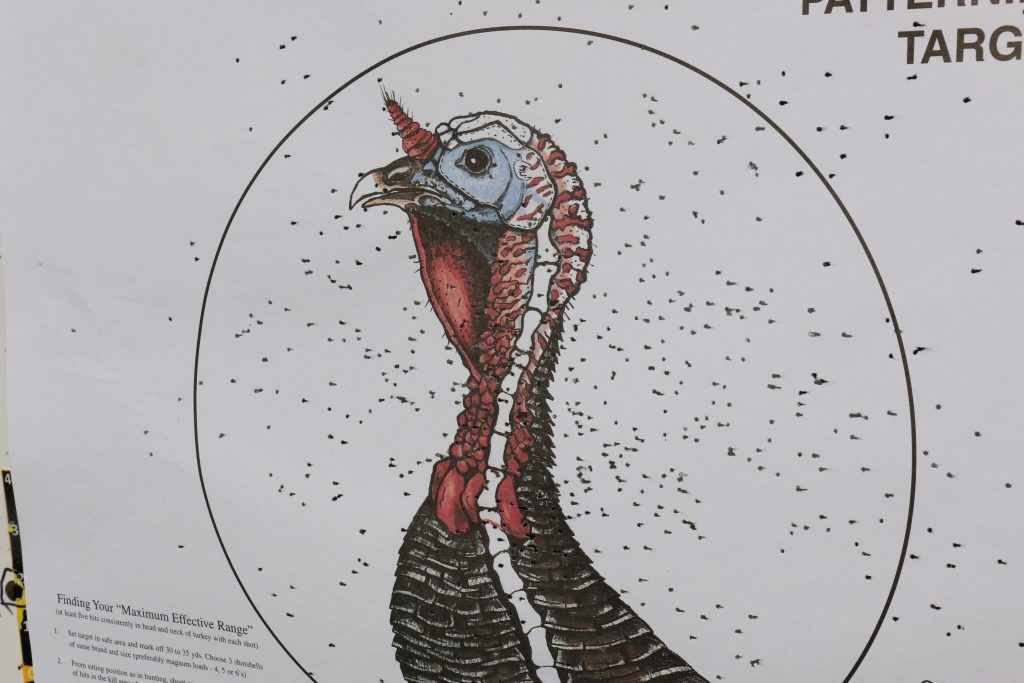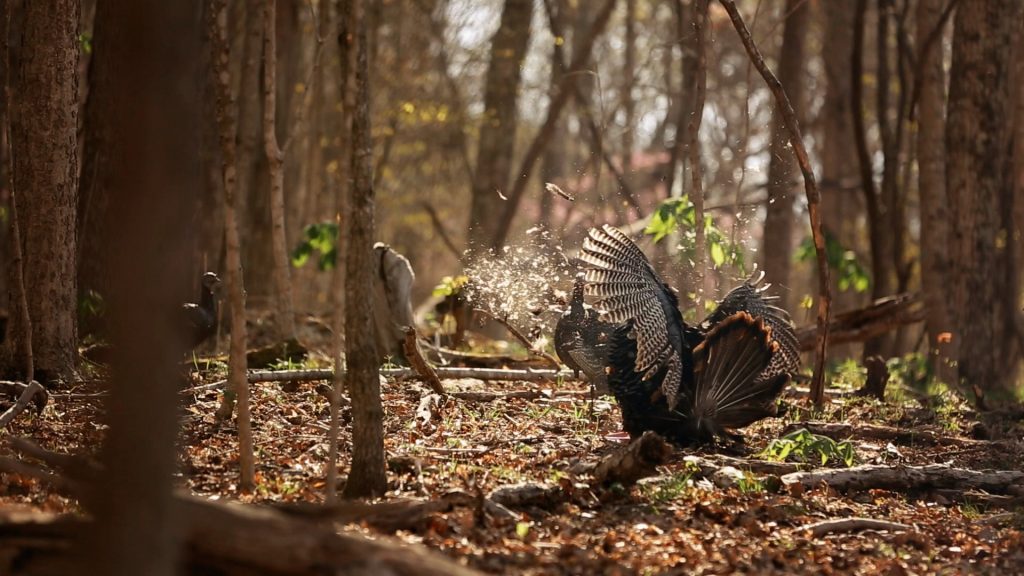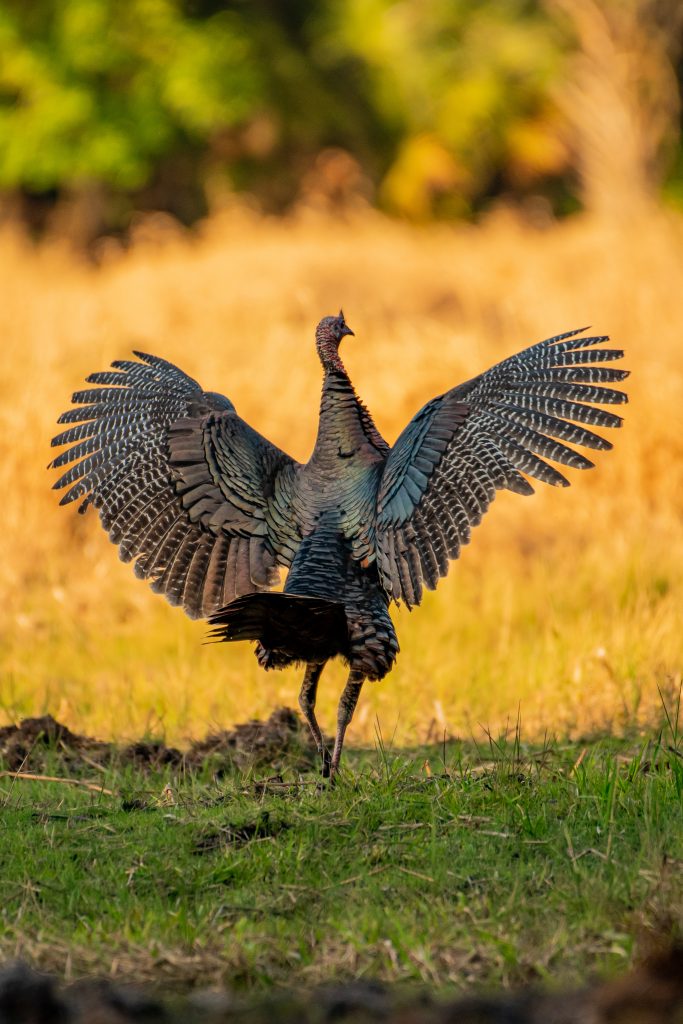Anatomy of a Miss: Why Turkey Hunters Whiff and How to Avoid It
Everyone misses a turkey now and then, but you can correct the dumb blunders.
On the surface, shooting a turkey might seem like one of the easiest outdoor tasks. After all, you don’t have to lead a flying target or consult your dope sheet for precision long-range bullet placement.
But a lot can go wrong between the trigger pull and subsequent celebration. I know. I’ve done it. In fact, I might have invented a few ways to miss turkeys. However, I’ve also kept track of what happened and identified my mistakes. Here are some examples of turkeys I’ve missed and lessons I learned. Hopefully, my painful experience can help you avoid similar gaffes.
Ghosted
In April 2006, a buddy and I put some slick moves on a breeding flock of Texas Rio Grandes, eventually settling in below a live oak to intercept them. And on cue, several hens and two longbeards soon rounded a corner and walked to within 30 steps.
It was too easy. I settled my fiber-optic sights on the head and neck of the lead gobbler and fired. The bird barely reacted. Shocked, I broke open the single-shot gun and fumbled to chamber another shell. Of course, the turkeys ran off.
I was red hot and threw a fit. The gun was obviously off, as no one could have missed that gimme shot. So my buddy and I headed to the range, where I fired several shells and established that the gun was dead on and produced a great pattern. I had simply blown a slam-dunk.
Lessons: Always make sure your head is on the gunstock. Focus intently on your aim, and squeeze the trigger. A lack of concentration or sloppy form can easily make you miss.
A Shot Too Far
To me, this is the worst kind of miss, because you can easily avoid such blunders. In 1998, two friends and I set up on some hard-gobbling Minnesota field turkeys and lured two gobblers and a hen almost within range. Panicked that the turkeys wouldn’t come closer and might drift off, I convinced myself the birds were probably close enough and fired. The turkeys flushed and flew away. My buddy’s expression said it all. “Why’d you shoot? Too far.”
Lessons: If a turkey is beyond your effective range, let it walk away. It’s up to you to determine your gun’s killing range and correctly estimate the distance to a turkey while hunting. When in doubt, hold fire. No one wants to wound a bird, and that’s what often happens when you take ill-advised long shots.



A Shot Too Close
One morning about 15 years ago, I set up on the hottest turkey of the season. The central- Wisconsin gobbler was roosted in some big white pines overlooking a swamp, and he was tearing it up well before sunrise. At my first cluck, the bird pitched his wings, sailed to the edge of the little woods where I sat, and then ran to me. Smiling under my facemask, I leveled my red-dot sight on his head and fired. The turkey just looked at me. What? Then I must have moved, because the bird ran away through the swamp. I was so shocked that I never fired a follow-up shot.
The turkey had been 11 steps from me, so as with the Texas bird, I figured my gun was off. I went to the local gun range and established that its impact point was perfect. However, at 11 steps, my pattern was the size of a quarter. I’d merely lobbed 2 ounces of expensive shot right past the gobbler’s head.
Lessons: With today’s ultra-tight chokes, shooting a turkey closer than 20 steps can be tough. Your pattern doesn’t open up much at close range, making such shots iffy. Ideally, try to shoot turkeys at 20 to 40 yards, where you’re sure to have a good, thick pattern.

Know Thine Gun
I maintain that I was the victim in this incident. I arrived late one night at a Nebraska turkey camp, and my host handed me a shotgun from a sponsor. “We sighted them in today, and they’re good. Maybe a little high.” No problem, I thought.
The next day, I struck three red-hot hybrid gobblers and hastily sat near a blowdown as they approached. The birds rushed in at 20-some steps, and I leveled the gun at the lead gobbler and fired. Nothing. Taking more careful aim, I fired again. The birds began to run. Finally, I lowered the bead almost to the level of the gobbler’s beard tip and shot, killing the bird instantly. A little high? Good grief.
Lessons: Yes, the gun was way off, but it was my responsibility to know exactly how it performed and make any necessary adjustments. Always be familiar with your weapon, and do as much as possible in the pre-season to ensure that it’s shooting well.
Lumberjack Blues
Somehow, a buddy and I stumbled in the dark under a pepper-hot gobbler and set up without bumping the bird. And the turkey read the script, flying straight down, gobbling at our soft calling and strutting to its left, right down my gun barrel.
At the shot, the bird disappeared, so I pumped my fist and rose to collect my prize. But somehow, the gobbler had vanished. Then I saw a distant turkey in the adjoining field sprinting away. A quick search of the area found no turkey or feathers. Flabbergasted, I began walking back toward my friend when I noticed a poor little maple tree, which had fresh a softball-sized gash in its side. My friend noticed it, too. “Yeah, we’re not getting that one,” he said. Did I mention that he filmed the hunt and put it on Facebook? No, you can’t watch it.
Lessons: Obviously, when I leaned left to take the shot, I didn’t take into account the tree that demolished my pattern. Always be aware of potential obstructions to a shot, including saplings, blowdowns or understory plants (I’ve shot all of those and more, incidentally.) This can be tough to do when hunting thick timber, but try to identify good shooting lanes and areas where cover might make a shot difficult.
Logistics Woes
I was so proud. After sticking with a hennedup gobbler for more than five hours, I’d finally convinced him to check me out. He waltzed up the hill with a buddy in tow, and I eased my gun to the left for a shot. However, as the bird dipped below a small rise, I didn’t realize how far to my left he was drifting. And when the gobbler popped into view again, my gun was woefully out of position. A gunshot and the sound of wingbeats ensued. Let’s just say I didn’t eat fried turkey that night.
Lessons: It’s imperative to flow with a gobbler and have your gun in position when the moment of truth arrives. If necessary, wait until a turkey’s head disappears behind cover to make big adjustments. Make sure your body is in good shooting position, too, and not twisted around like a pretzel like I was when I missed that turkey.
Heart-in-Throat Syndrome
My favorite Wisconsin woodlot didn’t let me down. I’d slipped in at midday and struck a gobbler immediately. Better, he was swiftly coming to my setup, and I was ready. Some thick brush obscured much of his approach, but I knew he’d be there any second.
Anticipating his arrival, I picked a spot near a field edge and expected to shoot the gobbler right there. Then I heard the putt. Instead of coming to where I suspected he’d stop, the turkey had walked straight at me and then raised his head, only to not see a hen. He was leaving.
In a rush, I adjusted my gun and shot. The turkey ran. I wisely decided against a crummy second shot and watched the gobbler exit my life. I’d panicked, rushed the shot and blown a great midday hunt.
Lessons: When things go wrong and a turkey spooks or throws you a curve, you often have a bit more time than you think to adjust and make a good shot. This turkey was head-bobbling directly away from me at 40 paces. Had I calmly, smoothly adjusted my aim and concentrated on the shot, I probably could have killed it. Instead, I boogered up my favorite spot for the season.
A Caveat
Here’s the inconvenient truth about missing turkeys: Everyone does it now and then. If you haven’t missed a turkey, you simply haven’t shot at very many, and your time is coming. Laugh off the whiffs you cannot control, but study your mistakes and focus hard to avoid dumb misses. That won’t eliminate the chances that you’ll miss again, but it will result in more lethal hits and gobblers over your shoulder.

Estimate of Errant Shots
To estimate the prevalence of errant shots at turkeys, the South Carolina Department of Natural Resources’ 2023 Turkey Hunter Survey asked hunters to indicate the number of turkeys they “shot but did not kill or recover during the 2023 season in South Carolina.” Approximately 11% of hunters indicated they shot but did not kill or recover at least one turkey in 2023 (10% in 2022, 5% in 2021). There were an estimated 46,522 turkey hunters in 2023 meaning that about 4,900 turkeys were shot or shot at and not killed or recovered. Therefore, approximately 27% of the total turkeys shot at were not killed or recovered. These results have been consistent since this type of data have been available with the long-term average of birds “shot at but not killed or recovered” about 22% for the last decade. – SCDNR
